In the world of software, new products, features, and innovations pop up every day.
For every problem they may need solving, users have a myriad of solutions to choose from.
It isn’t surprising, then, that SaaS companies work hard to develop better, more advanced, more intuitive, and more distinctive products that will blow the competition out of the water.
But where does that leave customers?
If customers can’t figure out how to use a product, it doesn’t matter how good it is—it won’t be successful.
In this article, we’ll discuss important benefits of customer education that you should keep in mind.
Let’s get started!
Faster Customer Onboarding Process
The process of customer onboarding is the first step in creating a stable base of long-term users you can count on.
Customers today want and expect a great onboarding experience.
With growing competition in the SaaS industry, you shouldn’t underestimate the onboarding process if you want to be successful.
If you provide a subpar experience, your customers won’t hesitate to look for a better solution.
A survey by Wyzowl shows how important onboarding can be to customers—88% of them are more likely to keep using a product if they see that the company invests in educating them through onboarding content.
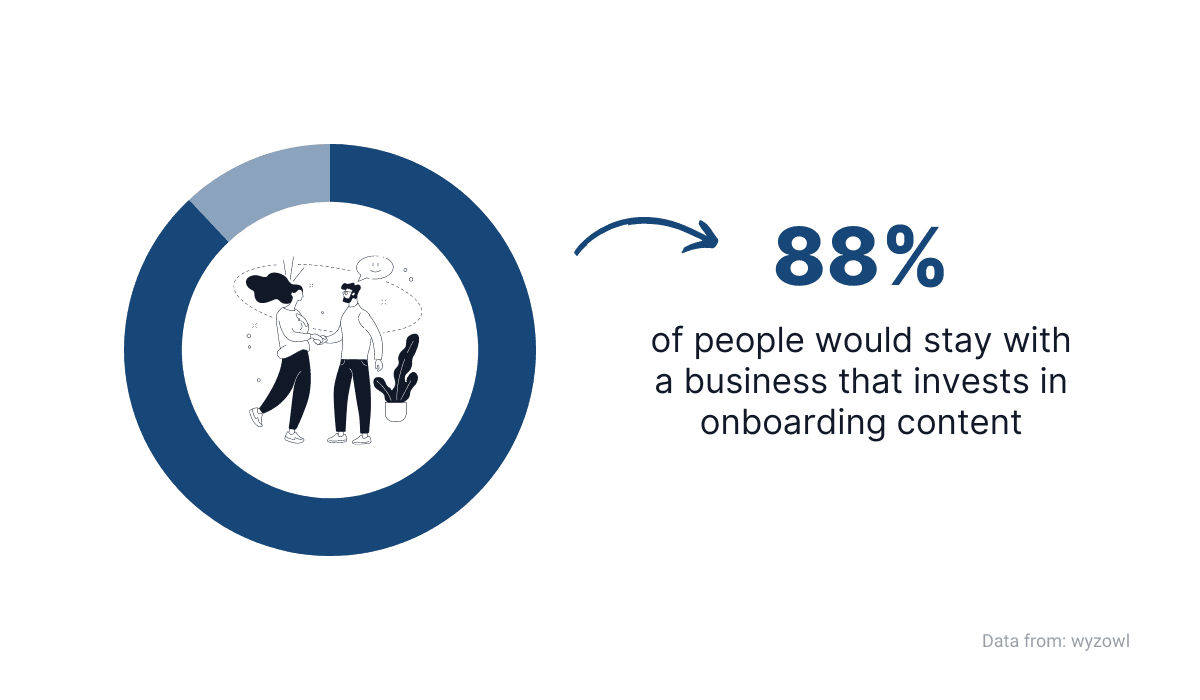
Source: Archbee
And education is the key part of a customer onboarding process. After all, what is the purpose of customer onboarding if not to educate customers on how to use the product?
That’s why educational content is an essential part of customer onboarding.
Investing in great customer education ensures that their onboarding experience is smooth and that they learn the basics in a shorter time frame.
As Joe Moriarty, an expert in company education, puts it, onboarding is often a good sign of what customers can expect from using the product.
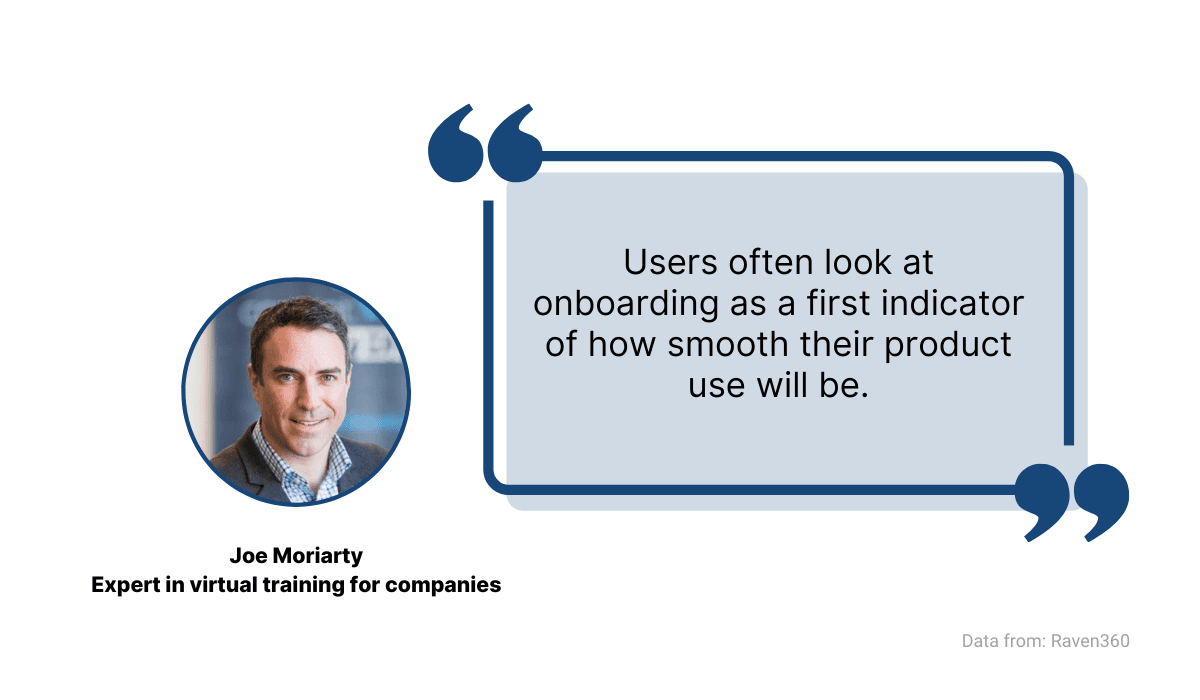
Source: Archbee
In other words, if the onboarding is smooth and fast, it tells the customers that they will continue to enjoy a similar experience after the onboarding process.
For example, Avast users can expect a hassle-free journey with that security software if the onboarding process is any indication.
That’s because Avast educates customers about online security right from the start.
For instance, there is a three-step set-up procedure for their Chrome extension, and in every step, they explain what you can set up and why that can be beneficial for you.
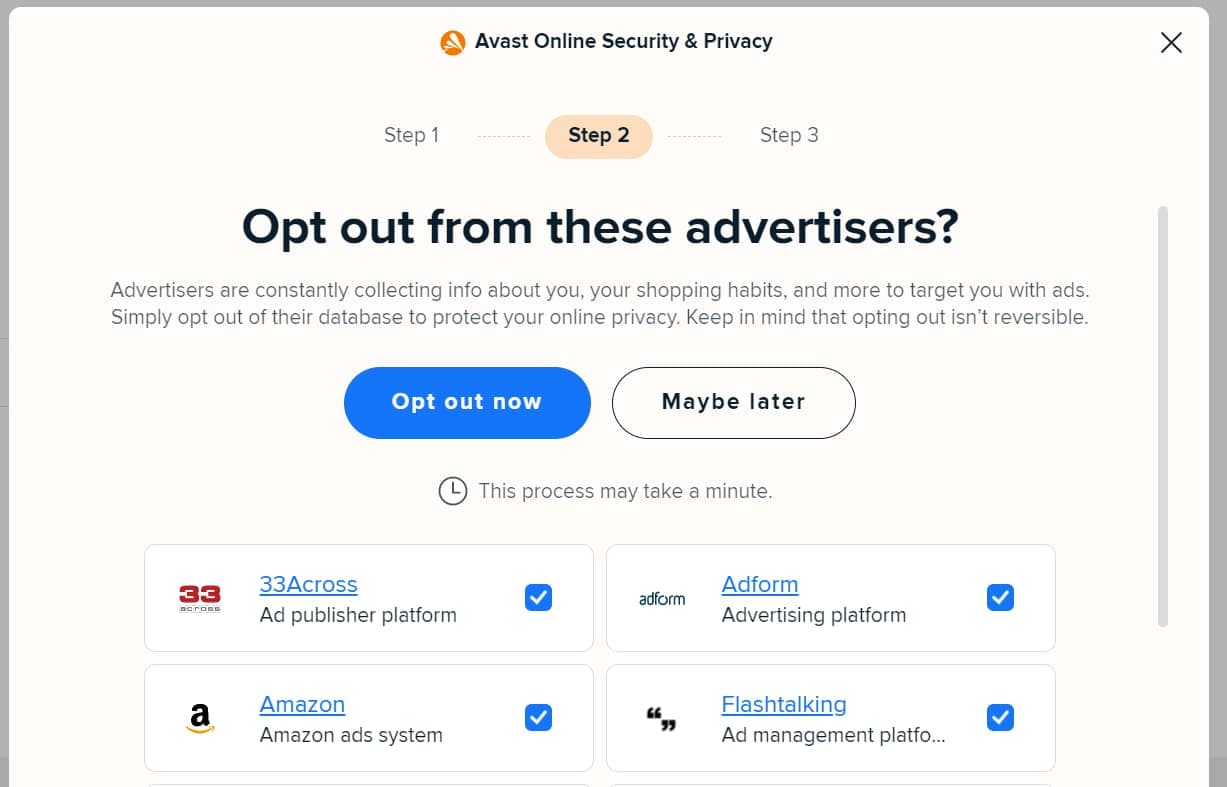
Source: GoodUX
In the example above, you can see what that looks like.
In the second step, Avast asks customers if they want to opt out from advertisers and explain why they might consider doing that.
That way, the customer goes through the onboarding process quickly but still learns about the product and its uses at the same time.
There is no need to search for information about advertisers, privacy, targeted ads, etc., online. All the basics about it are in the onboarding process.
To sum up, educating your customers can improve the onboarding experience and make it more streamlined, which the customers will very likely appreciate.
Boosted Product Adoption Rate
If you have a great software product, you want as many customers as possible to become proficient in using it.
The more features they use and the more advanced they become as customers, the higher the chances they will keep using it long-term.
Therefore, getting a full value out of the product benefits both your customers and your company.
And that happens when the customers adopt your product or, in other words, use it recurrently to fulfill their needs and solve their problems.
One of the most efficient ways to boost the product adoption rate is by educating your customers about the product, as a Forrester Consulting report on customer education points out.
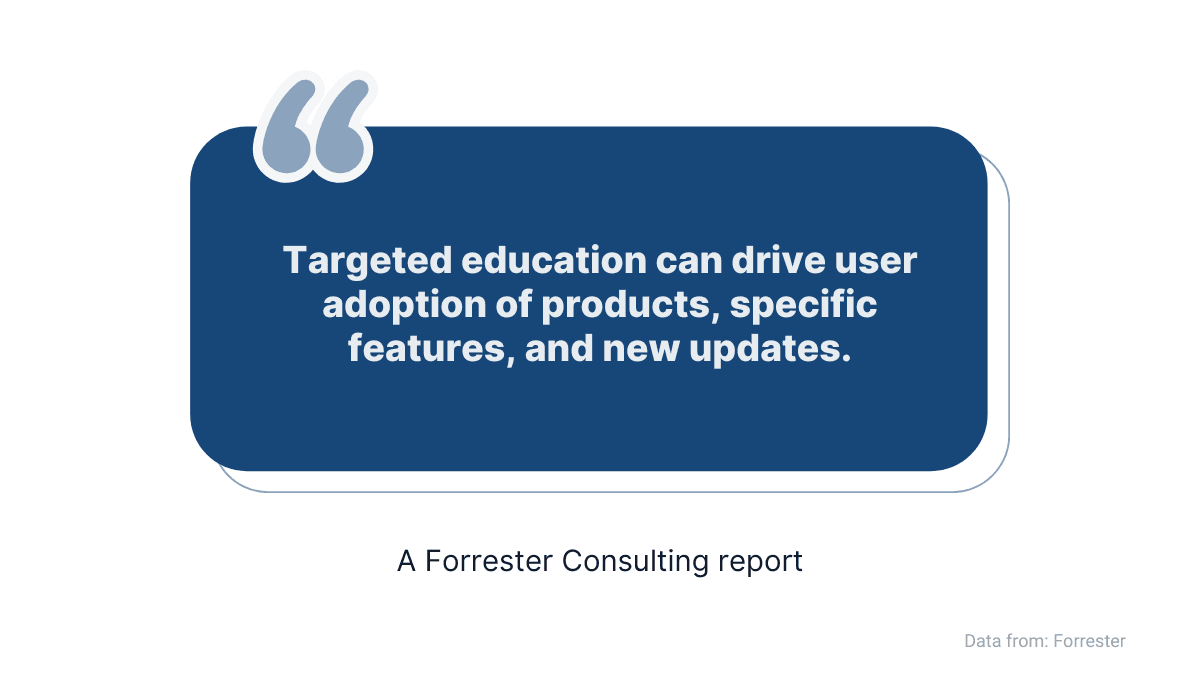
Source: Archbee
If you think about it, it’s logical. In order to get the most out of the product and adopt it, the customers need to know as much as possible about its features and benefits.
You can help them with that by providing educational content and guidance even after the initial onboarding process is over.
Because, as you know, onboarding covers the basics needed to start using the product and realizing its value.
Any additional education you can provide will supplement those fundamentals and build upon them, helping customers become experts in using the product.
Let’s look at how Adobe approaches this matter. For instance, they have Adobe MAX, a series of educational sessions.
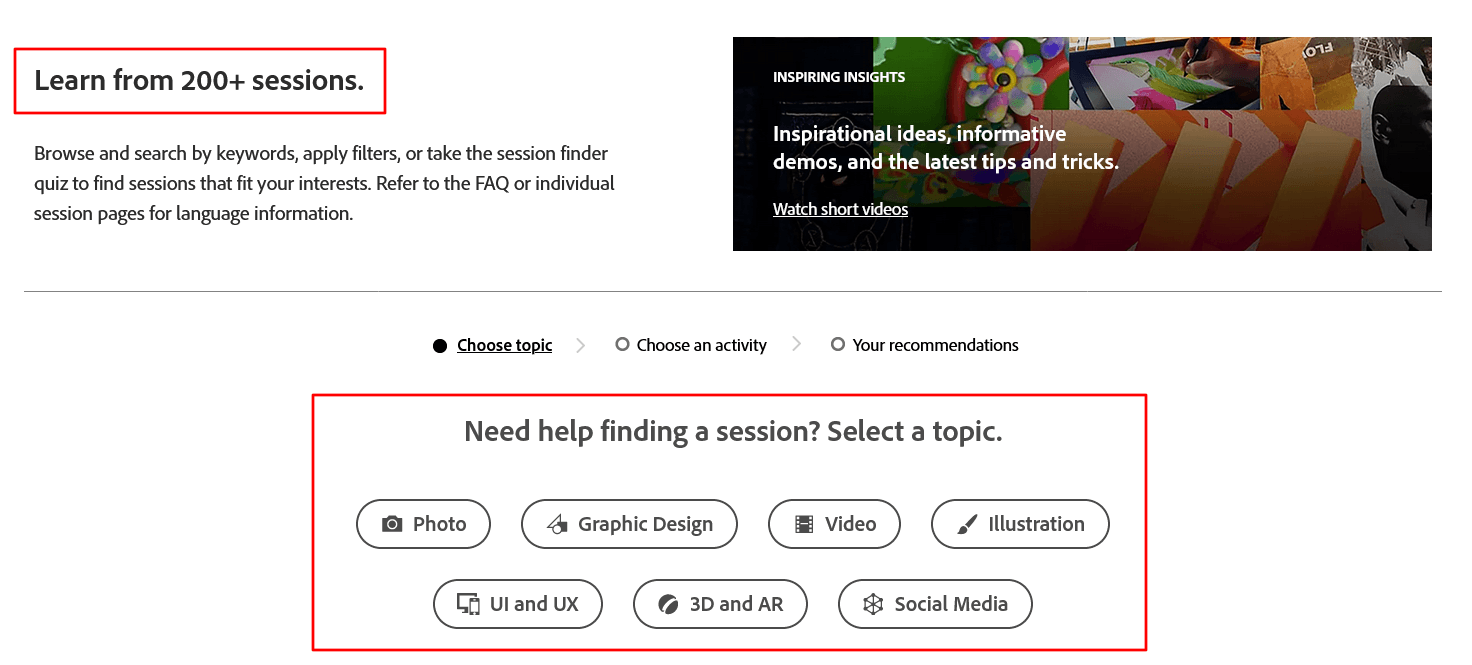
Source: Adobe
As you can see, they cover a range of fields and topics, including photography, illustrations, social media, etc.
That amount of information would be too much for the onboarding process, but it can be very beneficial for boosting product adoption in the long run.
Essentially, a customer can deepen their knowledge on a particular subject and leverage it while using Adobe’s products like Photoshop, Illustrator, etc.
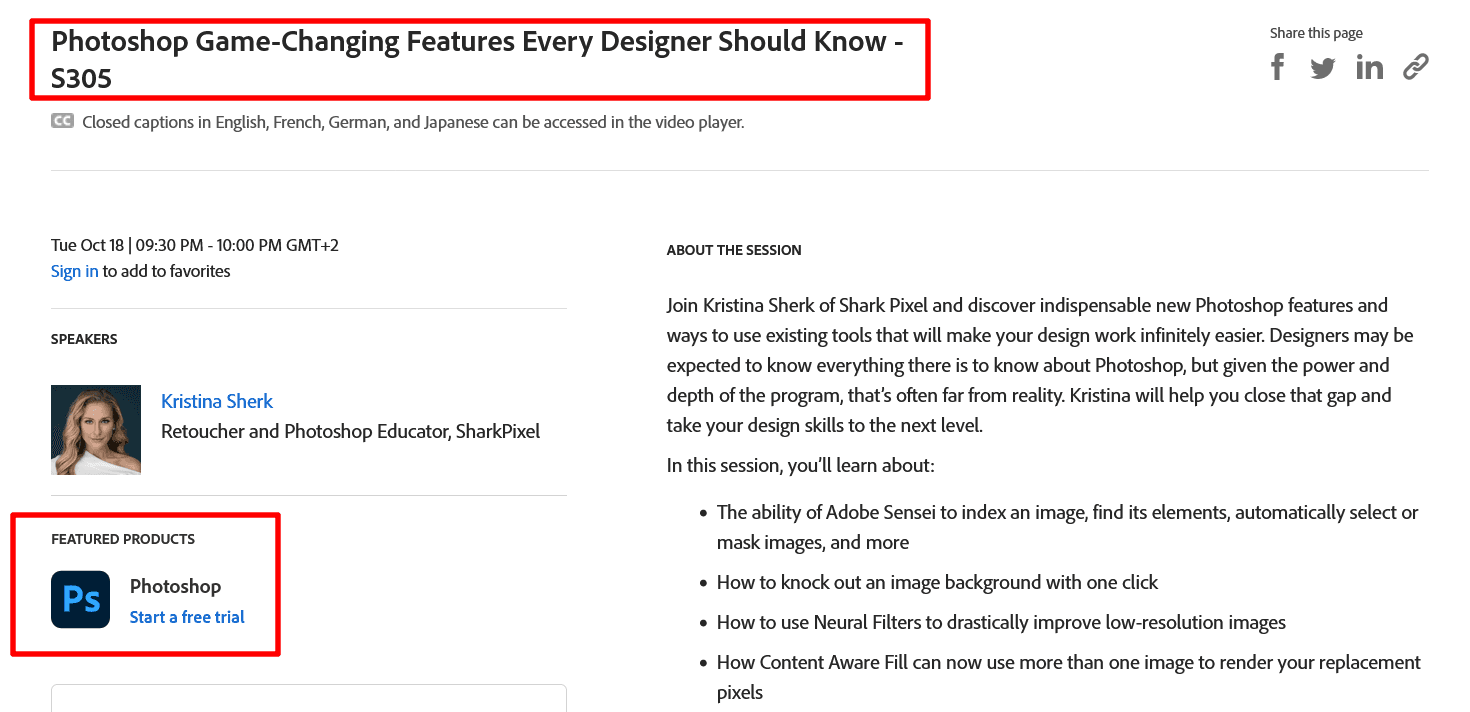
Source: Adobe
By providing educational content to your customers, you can turn them into advanced users of your product.
And when they’re at that level, they most likely think of your product as an indispensable part of their everyday life.
Lower Customer Support Costs
Having a customer support team that can assist your customers with using the product is undoubtedly valuable.
Even if your product is very simple and intuitive to use, there will always be customers who have certain questions, encounter issues, or simply want help from a professional.
However, customer education can significantly impact the type of questions and issues your customer support team deals with.
If you provide customers with comprehensive education, they don’t need the support team to walk them through every little step they take.
They can successfully use the product on their own and only contact support when they come across a truly complex problem or question.
That also means you can significantly lower the cost of customer support because every interaction requires time and resources.
For example, according to The State of Unassisted Support report, there’s a considerable difference in average cost per service incident between various support channels.
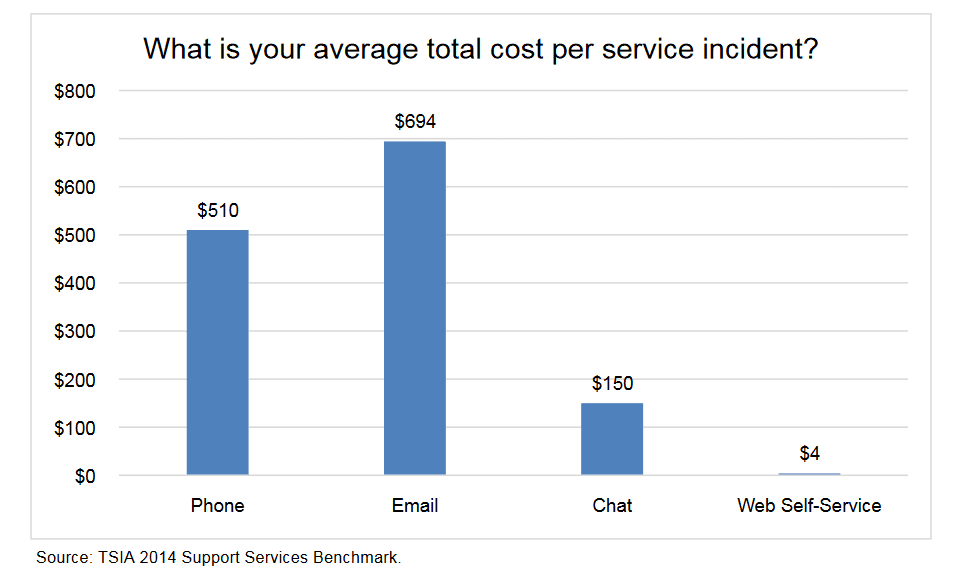
Source: TSIA
As you can see, if you want to lower customer support costs, self-service channels are the way to go.
That means you can provide educational content through a knowledge base and reduce your customers’ need to contact support.
The educational material you create for your customers will increase their knowledge about the product and its features but also serve as a source of information when they encounter a problem or have an inquiry.
For instance, Voxpow, a speech-recognition software, built its documentation in Archbee, a product documentation platform.
That allowed them to fill it with educational content and create a helpful FAQ section that customers could turn to before contacting support.
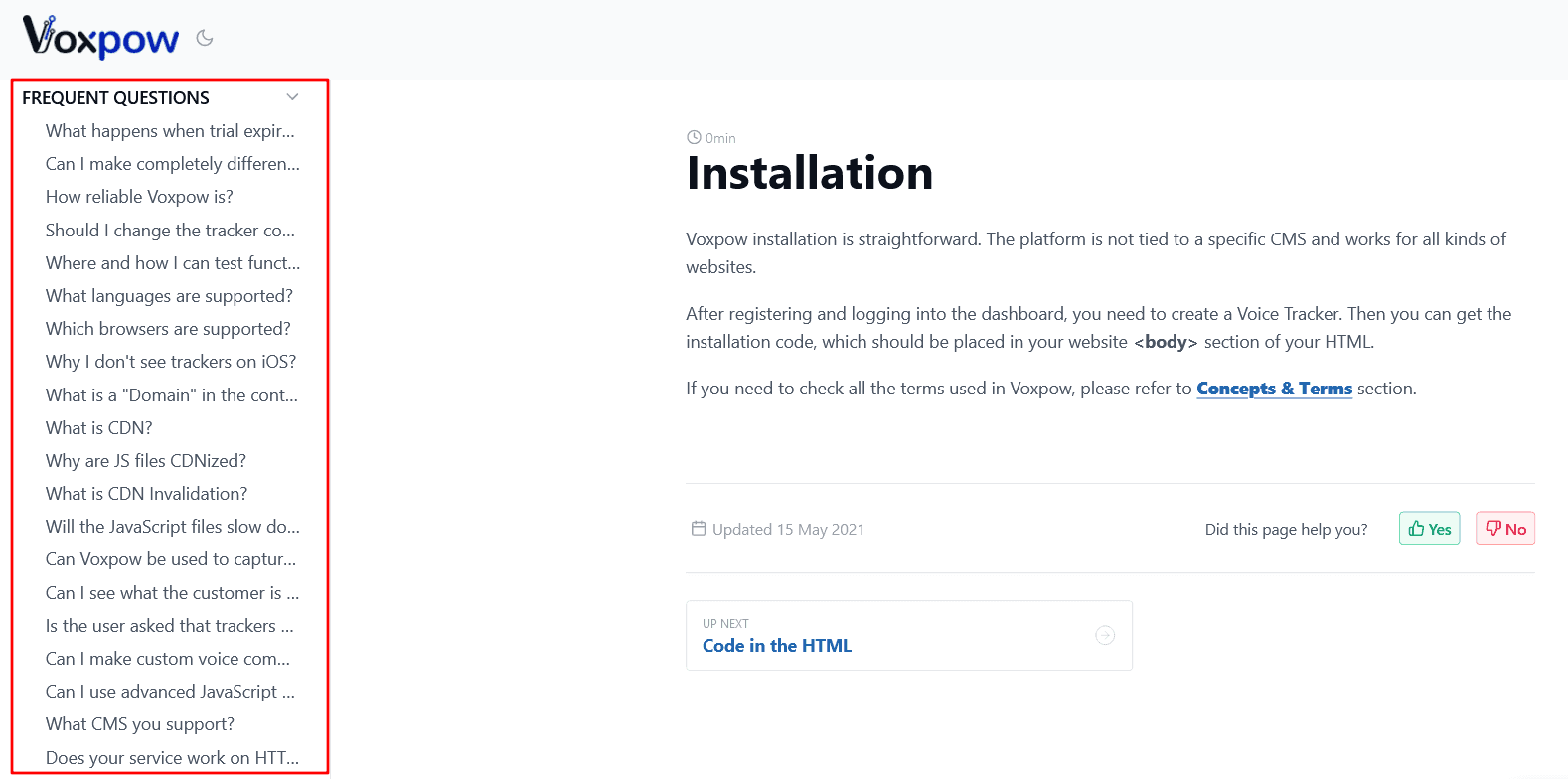
Source: Voxpow
Archbee is an excellent tool if you want to lower the cost of your customer support.
Features like easy content creation with templates and blocks, a simple search function, support for code snippets, and various media like videos and graphs make it a convenient tool both for you and your customers.
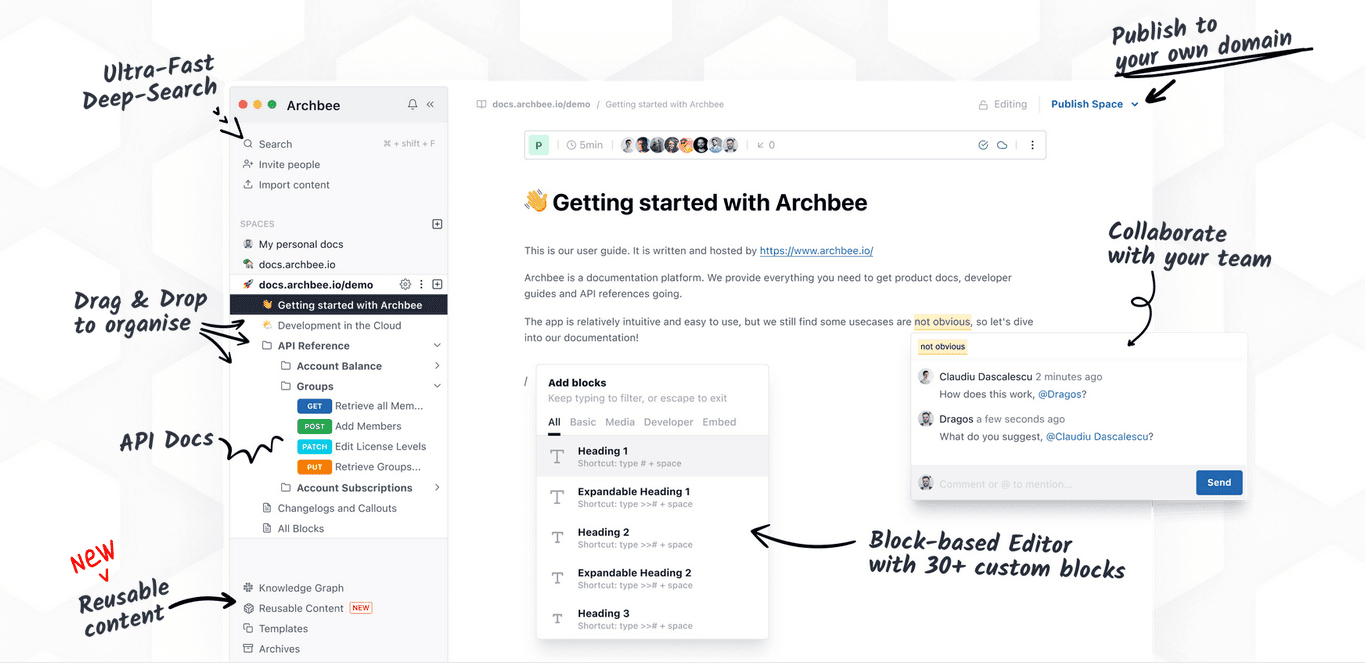
Source: Archbee
To summarize, the more you educate your customers about your product, the less they’ll need to contact customer support.
That would free up their time to focus on particularly important issues but also lower the resources the company needs to invest.
Improved Customer Retention
Although a customer paid for your product or service, that doesn’t mean they will stay your customer for life.
There are plenty of reasons a customer might abandon your product. Maybe they don’t find the value in it, don’t know how to use it, or it’s simply too complex for their needs.
However, if you invest in customer education, you can help eliminate many of these causes of churn.
Educating your customers engages them in your product more and improves retention.
If you need a refresher, here’s how Eric Archer Smith, an expert in marketing, defines customer retention.
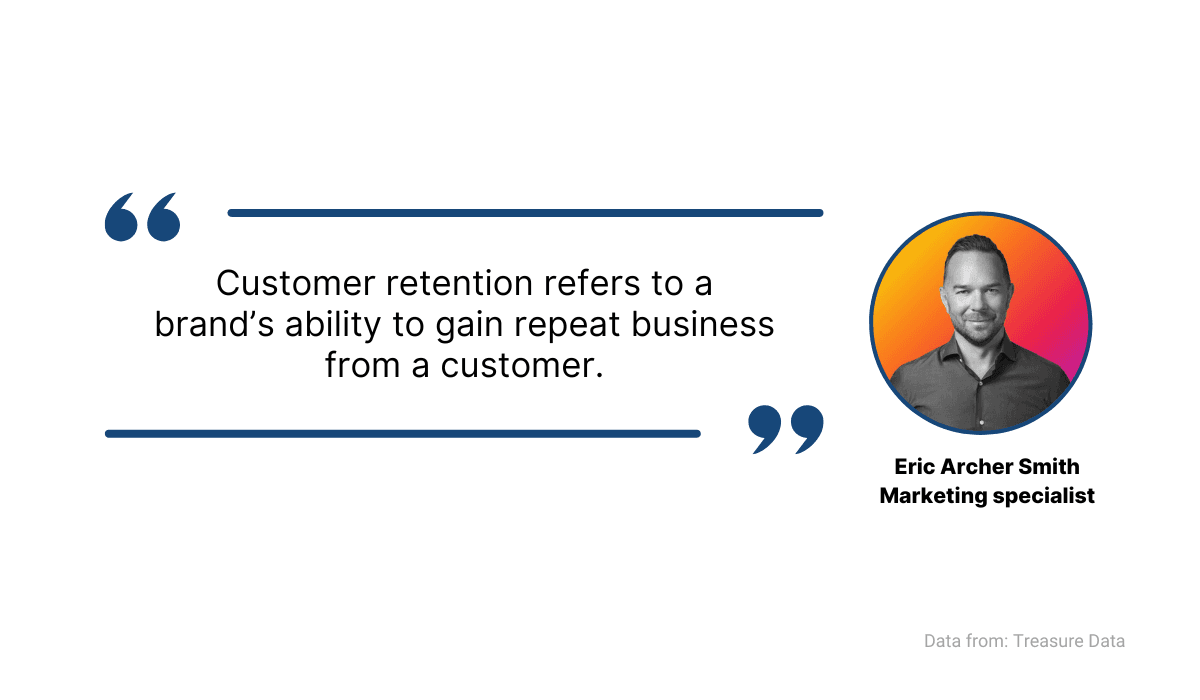
Source: Archbee
Having customers who repeatedly use your product, try out new features, and find new value in it is great for business.
Why? Because those customers will renew their subscriptions, upgrade to a more expensive plan, or take an interest in your other products.
In other words, the more you invest in educating them, the more they’ll invest in your products.
There is data to support this claim. A report by Forrester Consulting indicates that customer education can improve retention by 7.4% on average.
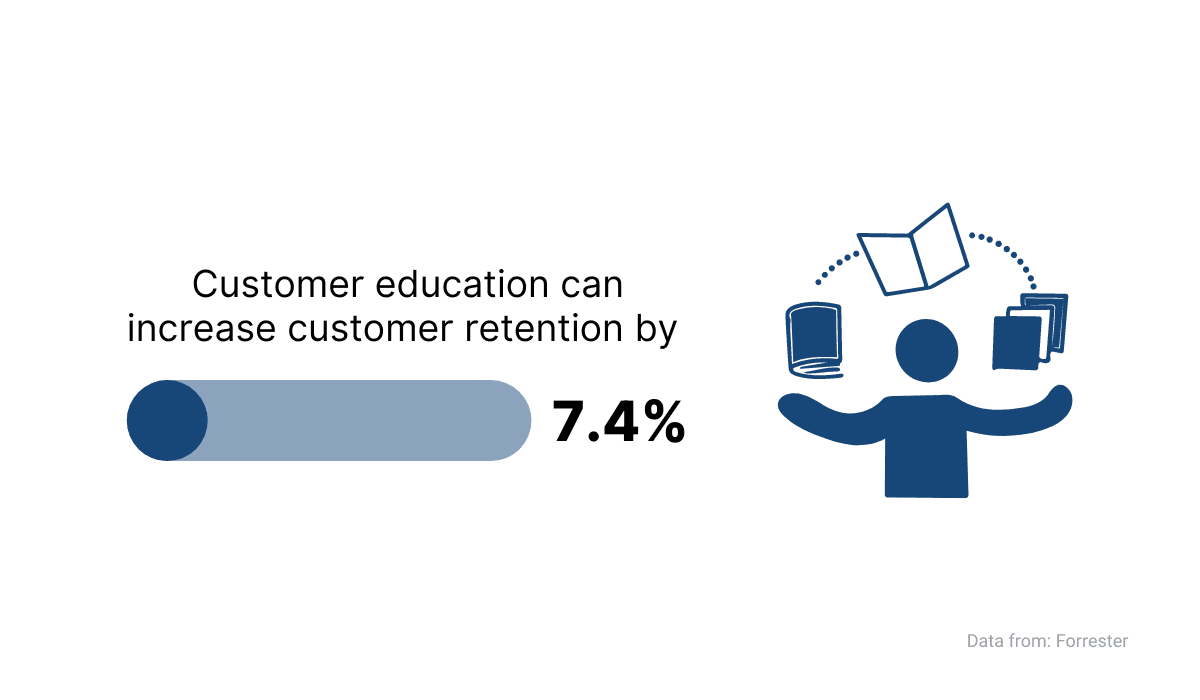
Source: Archbee
Therefore, as you educate your customers, you’ll show them new ways to use your product, present new features, and guide them on how to get the most out of those features.
They’ll have more reasons to keep using your product and find new value in it.
But, for that to happen, you should keep your customers updated regularly about the changes to your product, or they might miss out on all the new benefits they can get from it.
A simple email with a roundup of new features and updates, like the one from Slite below, is a great way to keep customers in the loop.
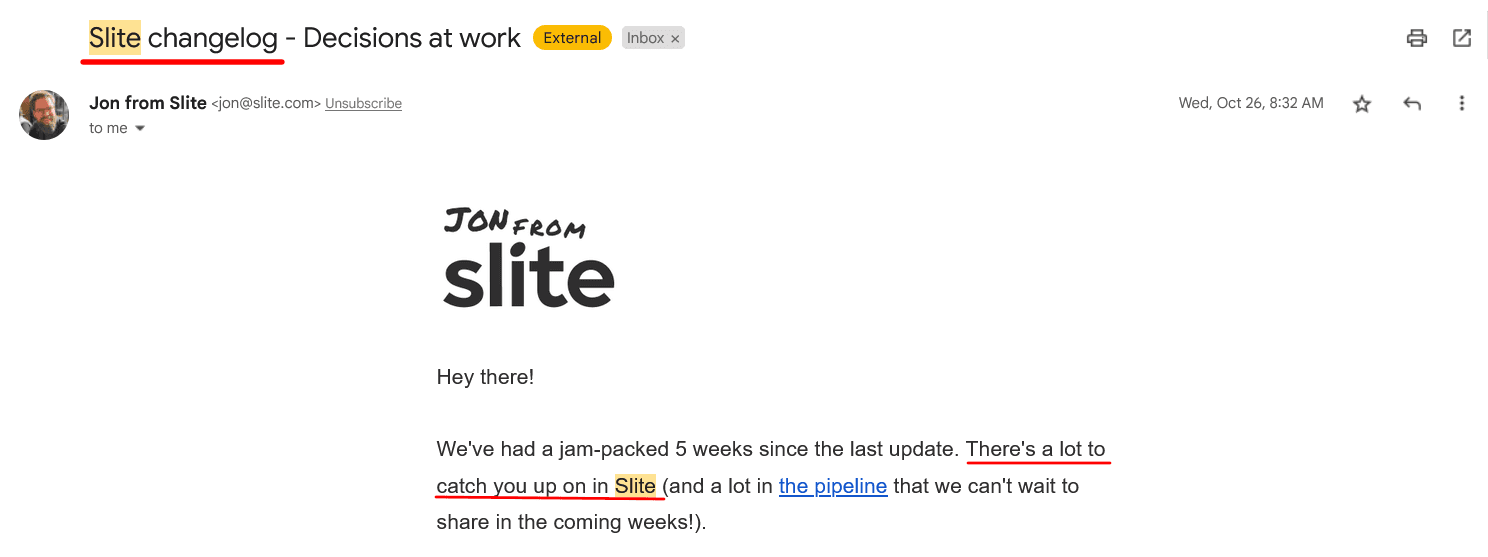
Source: Gmail
That’s only an introduction to an email where they present new features to their customers.
They do it concisely, in just a few sentences, and they sometimes include a link to an article with more information.
For instance, below, you can see the update about integration with Miro.
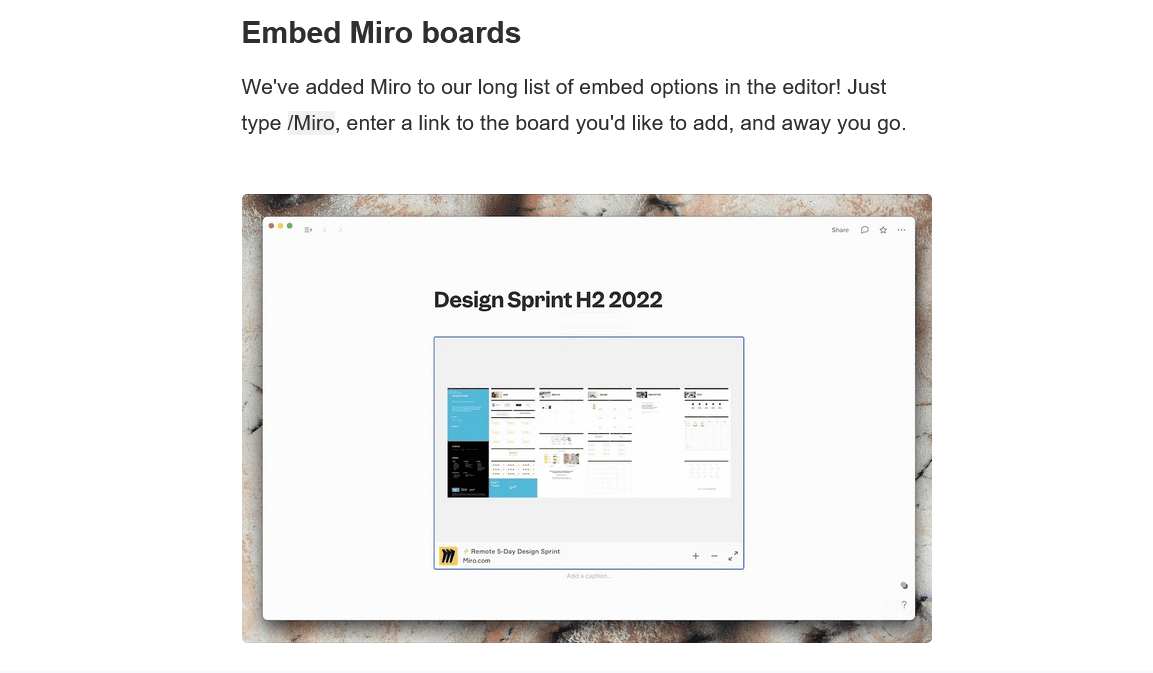
Source: Gmail
With the update, they ensure that they continuously educate their customers about the product and give them more reasons to keep using it.
Higher Customer Loyalty
Helping customers use your product successfully is an excellent way to create a base of happy and satisfied long-term users.
But we’re not just talking about improving retention.
As we mentioned, boosting retention is great for business and brings you more revenue regularly, but inspiring true loyalty in your customers is even more valuable.
In addition to all the benefits you get with long-term customers we’ve mentioned earlier, loyal customers are basically fans of your brand.
They’ll advocate for you, buy your products regularly, and spread the word about them.
According to Tony Vaughn, who has a lot of experience in customer education, that’s something you undoubtedly want. In essence, it’s a form of marketing.
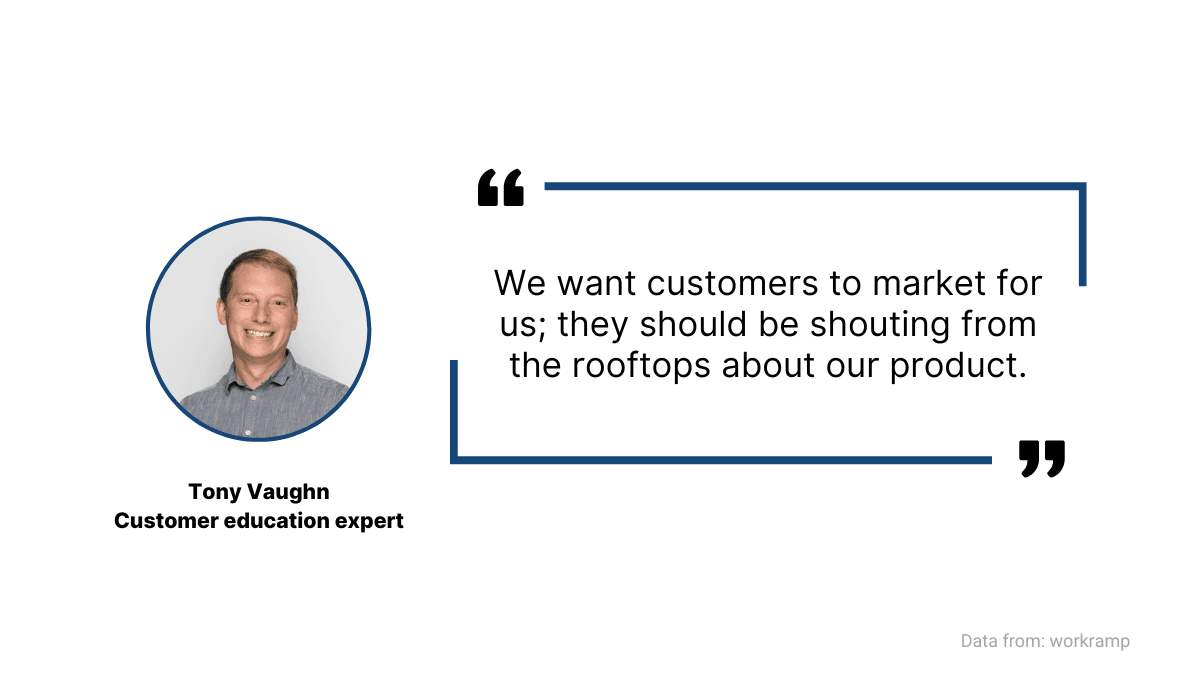
Source: Archbee
You can encourage customer loyalty by showing your users that you care about them, and providing outstanding educational content is one of the most effective ways to do that.
When customers see that you are invested in providing the best service possible to them, they reciprocate your efforts with their loyalty.
And one of the ways they express that loyalty is by recommending your product and your brand.
They can do it on social media and other online places, where it can reach thousands of people quickly.

Source: Reddit
For instance, above, you can see a Reddit user recommending Jira to another user who asked for suggestions for workflow management software.
Also, loyal customers often recommend your product to the people around them.
That can also be very beneficial for you because, according to Invesp, 90% of people trust recommendations from their friends.
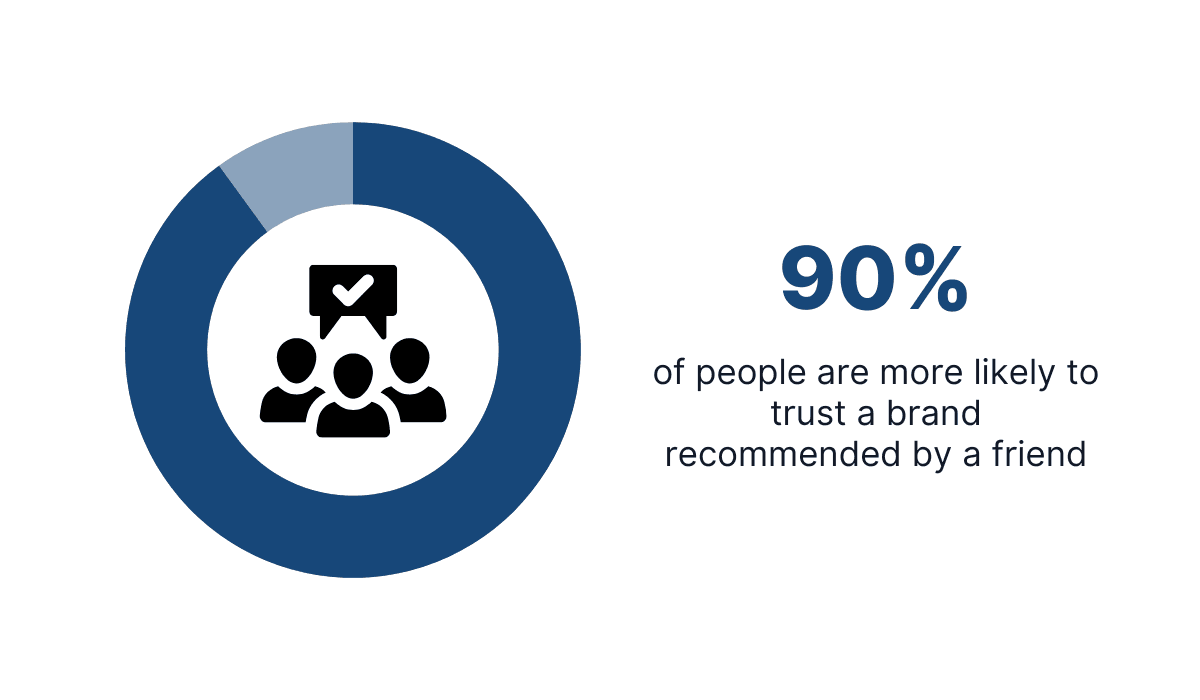
Source: Archbee
As you can see, loyal customers are a great asset.
And while it goes without saying that you need to have a great product to attract them, that alone isn’t enough.
It’s providing them with detailed, regular, and high-quality education and showing them that you consider your product and customers valuable that can tip the scale in your favor.
Improved Market Leader Status
Competition in the world of SaaS companies is plentiful and tough, so it’s logical that you want to stand out from the rest.
One of the ways to do that is by establishing your company as a market leader.
Of course, that’s a challenging task that takes a lot of effort and resources, even if you have a fantastic product to offer.
However, customer education can help in creating your market leader status.
How? Well, by creating stellar educational content, you show everyone who sees it that you have expertise in your field.
And by everyone, we mean the people who visited your website and are not your customers yet, as well as people who already use your product.
For instance, a blog is a great way to showcase your industry knowledge. According to a study by Connor Brooke, 98% of SaaS companies already have it.
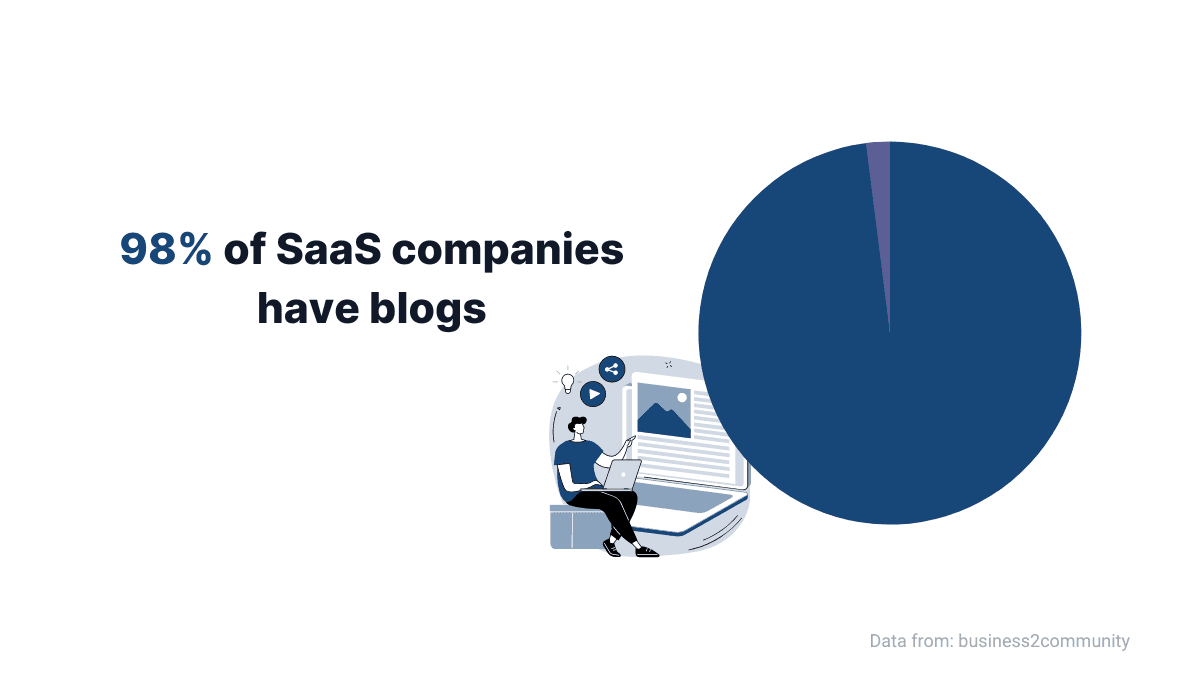
Source: Archbee
Therefore, if you don’t have it, you should, so the competition doesn’t upstage you with their educational content.
So let’s take a look at how blogs can help educate customers and help your product achieve a market leader status.
Below, you can see a Regpack blog.
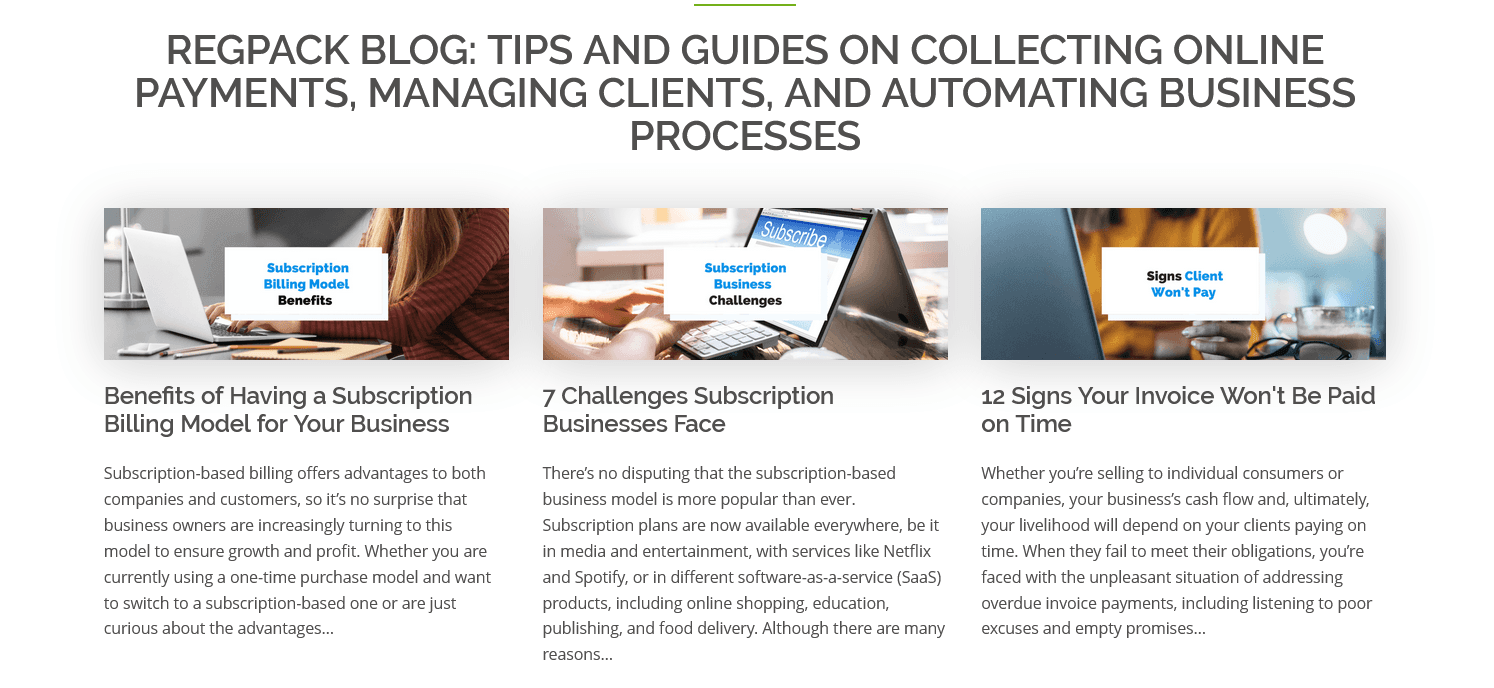
Source: Regpack
Regpack is an online registration and payment management software, so the topics they cover in their blog posts are from those fields.
By creating content like that, they accomplish two things.
First, they establish themselves as authorities providing high-quality content about a complex field, which financial technology certainly is.
Second, they educate prospective customers.
Let’s say the visitors to their website are looking at a few software solutions for payment management.
When they see high-quality educational content like the one Regpack’s blog offers, that can convince them to become customers.
The more cases like that, the closer the company is to becoming a market leader.
Conclusion
We hope this article showed you that educating your customers has substantial benefits.
As you probably know, success in the SaaS business doesn’t come easily. That’s why taking advantage of every opportunity you have is important.
And educating customers is a big opportunity that comes with great benefits.
Faster onboarding, better product adoption, lower customer support costs, improved retention and loyalty, and market leader status are just some of them.
But they’re more than enough to take customer education seriously.
Frequently Asked Questions
Customer education is the backbone of onboarding because it shows new users exactly how to get set up and reach first value quickly. Clear tutorials, step-by-step checklists, interactive walkthroughs, and short videos reduce confusion, shorten time-to-value, and set the tone for an effortless product experience. It also builds confidence and trust early on; research shows 88 percent of customers are more likely to stick with a product when they see the company investing in onboarding education. To optimize results, pair in-app guidance with a searchable quick-start hub and measure time to first value, onboarding completion rates, and early retention.



